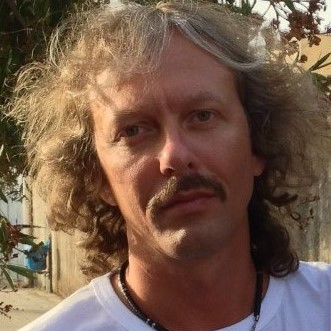Packet Level Performance Assessment of mmWave Backhauling Technology for 3GPP NR Systems
10.1109/ACCESS.2018.2890558.
A. Ometov, D. Moltchanov, M. Komarov, S. V. Volvenko and Y. Koucheryavy
2019
Open access
Optimization of Shaping Pulse by Spectral Mask to Enhance DVB-S2
10.1007/978-3-030-30859-9_56.
Nguyen Tan Hoang, P., Gelgor, A.
2019
Pub link
The influence of quantization of optimal FTN signals with PAM on correlation properties and level of out-of-band emissions
10.1088/1742-6596/1326/1/012027.
Ovsyannikova, A.S., Makarov, S.B., Zavjalov, S.V., Solomitckii, D.
2019
Open access
Improving the effectiveness of the multi-frequency signals application under conditions of amplitude limitation
10.1088/1742-6596/1326/1/012028.
Nguyen, D.C., Zavjalov, S.V., Ovsyannikova, A.S., Nguyen, C.M.
2019
Open access
Avoidance of narrowband interference in UWB wireless sensor device using square low technology
10.1088/1742-6596/1326/1/012042.
Zavjalov, S.V., Tropkina, I.A., Boxiong, H., Dong, G.
2019
Open access
Effective choice of parameters of IR-UWB sensor network system
10.1088/1742-6596/1236/1/012082.
Zavjalov, S.V., Tropkina, I.A., Mikhailov, A.S.
2019
Open access
On features of implementation of SEFDM-transmitter with optimal shape of envelope
10.1088/1742-6596/1236/1/012067.
Smirnova, E.N., Ovsyannikova, A.S., Zavjalov, S.V., Dong, G.
2019
Open access
On specific features of the endoscopic image processing
10.1088/1742-6596/1236/1/012036.
Galeeva, M.A., Baranov, M.A., Pavlov, V.A., Velichko, E.N., Zavjalov, S.V., Govorov, I.E., Pervunina, T.M., Komlichenko, E.V.
2019
Open access
Development of a novel optical measurement technique to investigate the hot cracking susceptibility during laser beam welding
10.1007/s40194-018-0665-8.
Bakir, N., Pavlov, V., Zavjalov, S., Volvenko, S., Gumenyuk, A., Rethmeier, M.
2019
Open access
